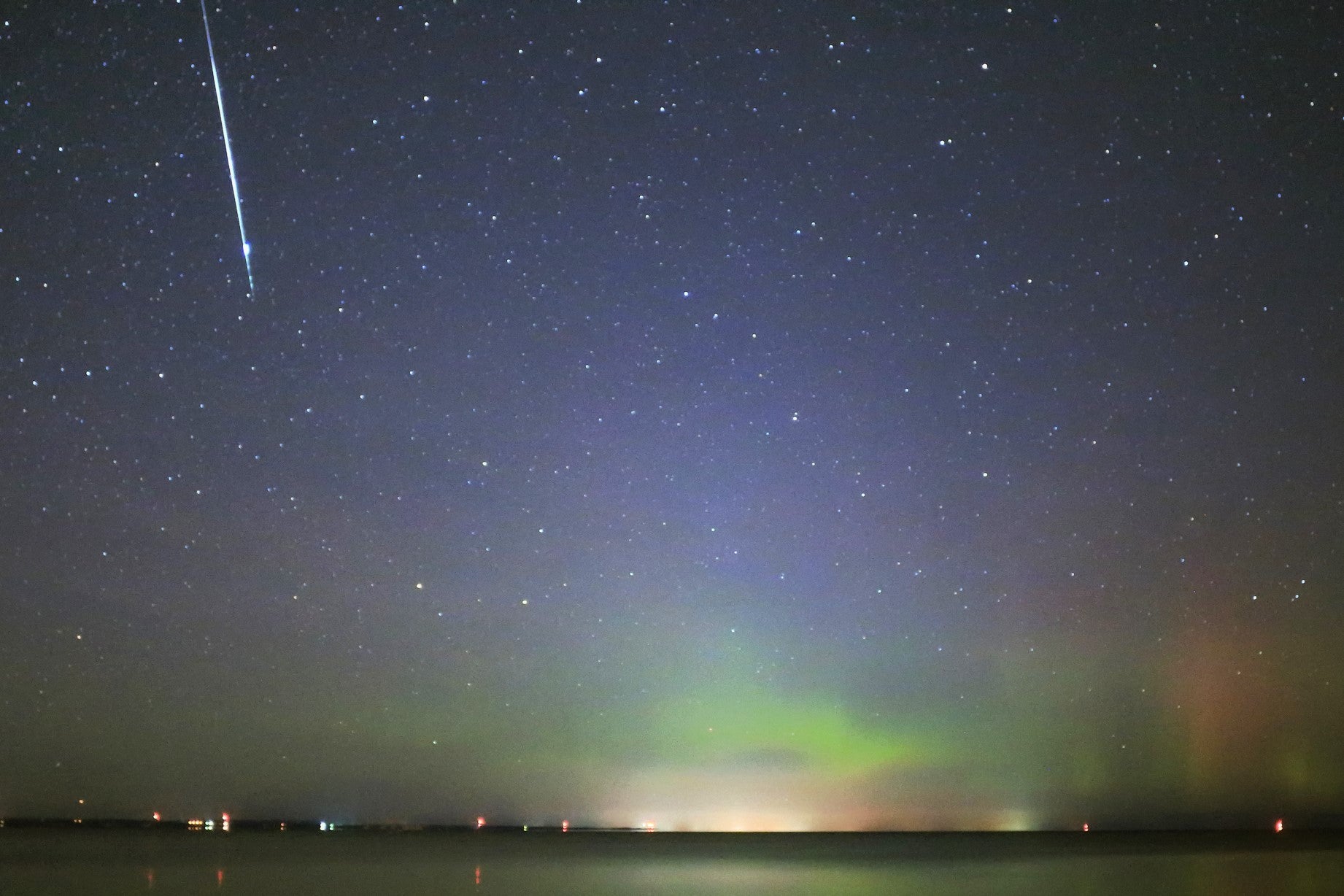Earth hit by most powerful solar storm in decades – and more could come
Researchers are attempting to understand unprecedented ‘superstorms’ to ensure we are prepared for potentially dangerous future

Your support helps us to tell the story
From reproductive rights to climate change to Big Tech, The Independent is on the ground when the story is developing. Whether it's investigating the financials of Elon Musk's pro-Trump PAC or producing our latest documentary, 'The A Word', which shines a light on the American women fighting for reproductive rights, we know how important it is to parse out the facts from the messaging.
At such a critical moment in US history, we need reporters on the ground. Your donation allows us to keep sending journalists to speak to both sides of the story.
The Independent is trusted by Americans across the entire political spectrum. And unlike many other quality news outlets, we choose not to lock Americans out of our reporting and analysis with paywalls. We believe quality journalism should be available to everyone, paid for by those who can afford it.
Your support makes all the difference.The powerful solar storm that hit Earth a couple of months ago could beautiful aurorae across the sky – but could be a hint at a dangerous future, researchers have said.
In May, the Earth was hit by the strongest geomagnetic storm in 20 years, which led to sights in the sky that had not been seen before. The aurorae were visible more brightly and much lower on the Earth than usual.
But the storm also caused issues for farm machinery and other communications – and could be a hint at the danger that is to come, scientists say.
Researchers have been examining that powerful solar storm to better understand the effects they might have on Earth in the future.
They found that low energy charged particles were swirling above the Earth, and were movinggtowards the aurorae. The low energy particles were moving around and spreading in unexpected ways, which could have effects on the electrical grid and satellites.
“As the aurora intensifies, you see more lights, but along with that, there’s more energy entering the atmosphere, so it makes the atmosphere near the poles very hot, which starts to push air away from the poles and towards the equator,” said Scott England, from Virginia Tech, who worked on new paper.
“This data poses a lot of questions like, did something really different happen during this geomagnetic storm than has happened previously, or do we just have better instruments to measure the changes?”
The Sun runs on an 11-year period known as the solar cycle, during which its activity increases and then falls again. At the moment, it is reaching its highest point, meaning that the northern lights are being seen in places they have not been spotted recently, or even ever.
“The number of sunspots, flares, and storms changes with an 11-year cycle that we call the solar cycle,” England said in a statement. “The number of flares we are seeing has been increasing gradually for the last couple of years as we move toward the peak of the solar cycle.”
But that same activity can have other significant effects that are not quite so beautiful. Radio and GPS signals move through the ionosphere – a blanket of electricity that covers Earth – and so changes in it can lead to substantial disruptions in communications and the power grid.
“These storms can also increase electrical currents that flow around the Earth, which can impact technological devices that use very long wires. In recent years, there have been impacts to the power grid when too much current was flowing through the wires. During the largest geomagnetic storm ever recorded, the Carrington Event in 1859, these caused telegraph systems — peak technology at that time — to catch on fire,” England said.
Researchers say that studying the latest powerful storm – which they did using Nasa’s GOLD instrument, and reported in the new paper – will help predict if one of those dangerous events could happen again.
The study, ‘GOLD Observations of the Thermospheric Response to the 10–12 May 2024 Gannon Superstorm’, is published in Geophysical Research Letters.
Join our commenting forum
Join thought-provoking conversations, follow other Independent readers and see their replies
0Comments